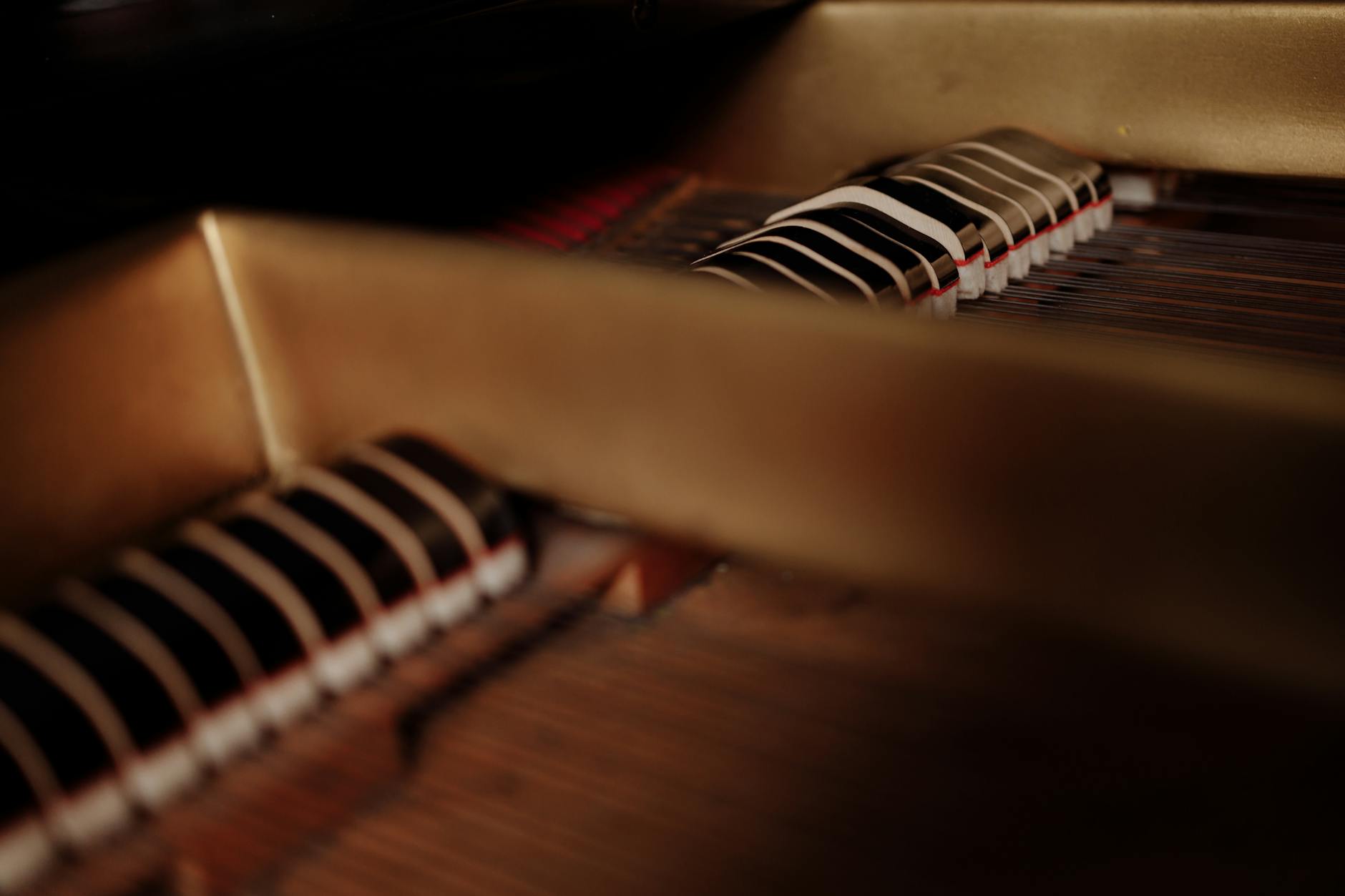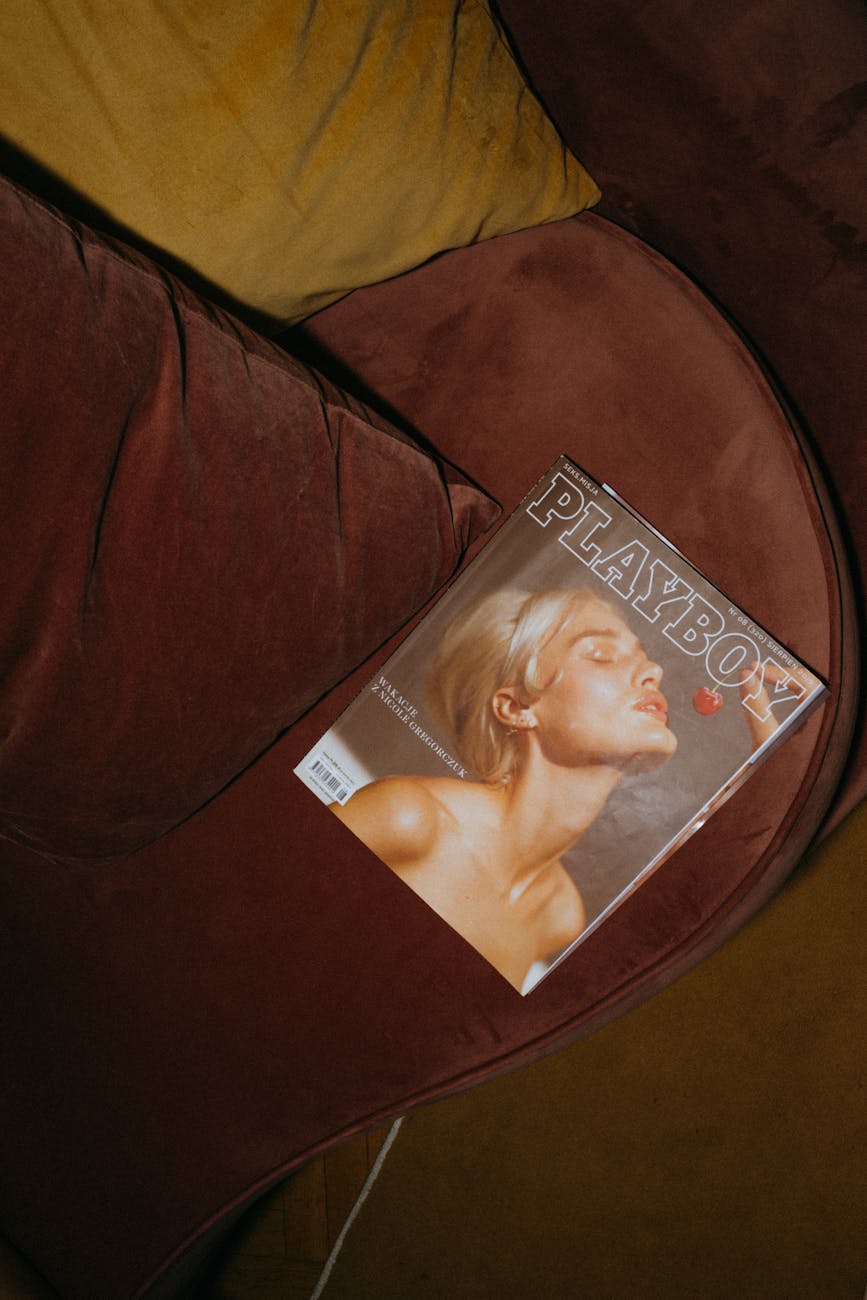The web design landscape is a constant battlefield where aesthetics meet performance, creating a dilemma for designers, developers, and marketers alike. In an age where visual appeal can determine user engagement, the challenge is ensuring that a website is not only stunning to look at but also functions optimally. Striking the ideal balance between these two seemingly opposing forces is crucial for a successful online presence. This article will explore the importance of aesthetics in user experience, the necessity of performance optimization, the trade-offs involved in design decisions, and ultimately, how to harmonize these elements to create a website that captivates users while ensuring fast, reliable performance.
Aesthetics: The Foundation of User Engagement
When users land on a website, their first impression often hinges on its visual appeal. Aesthetically pleasing sites create an emotional connection with the audience, making them more likely to stay, navigate, and convert. In fact, studies have shown that 94% of first impressions relate to design, demonstrating the integral role aesthetics play in user engagement. Key elements such as color schemes, typography, and layout contribute to this initial allure.
Investing in high-quality visuals and a coherent design style can enhance usability. However, an overemphasis on complex designs can lead to performance issues, ultimately detracting from user experience. Hence, striking a balance between beauty and functionality is essential.
Performance: The Engine Behind User Experience
While aesthetics draw users in, performance keeps them engaged. A website’s load time is crucial; it is estimated that 47% of consumers expect a page to load in two seconds or less. Slow sites contribute to high bounce rates, leading to lost potential customers. Performance optimization techniques include minimizing HTTP requests, compressing images, and utilizing content delivery networks (CDNs) to enhance loading times. Understanding the impact of these factors is paramount.
Moreover, Google has confirmed that site speed is a ranking factor, which means that poor performance can negatively affect a site’s SEO—a critical consideration for any business. The challenge lies in maintaining aesthetic elements while implementing performance best practices to safeguard user satisfaction and search engine ranking.
Trade-offs in Design Decisions
Every design decision comes with trade-offs. Choosing high-resolution images, for instance, enhances the visual appeal of a website, but it can also lead to increased load times. Similarly, unique animations and effects may grab attention but impede performance. Designers often face pressure to innovate visually, which can lead to untested elements that compromise the speed and reliability of the site.
To navigate these trade-offs, it’s vital to prioritize design choices based on user needs and business goals. Conducting A/B testing can provide insights into how particular designs affect user behavior and performance. Ultimately, practical design is about finding a middle ground where aesthetic vision meets functional necessity.
Harmonizing Aesthetics and Performance
Achieving synergy between aesthetics and performance is a continuous process. Utilizing responsive design can enhance both visual appeal and performance by ensuring that a site adapts seamlessly to various devices. Furthermore, techniques like lazy loading, which only loads images and assets as they enter the viewport, can drastically improve performance without sacrificing design quality.
In addition, leveraging tools such as Google PageSpeed Insights can help identify areas for improvement while still allowing designers to maintain an appealing visual layout. Collaboration among designers and developers is key; by working together, they can share insights that lead to innovative solutions capturing both aspects effectively.
Conclusion
In summary, striking the ideal balance between aesthetics and performance is indeed a web design dilemma that requires careful consideration and strategy. As aesthetics play a vital role in user engagement, they must not overshadow the critical need for performance. The art of design involves making informed trade-offs and leveraging sound practices to ensure that a site remains visually appealing while operating efficiently. Harmonizing these elements results in a cohesive user experience, ultimately driving engagement, satisfaction, and conversions. As web technologies evolve, the focus must remain on creating designs that delight users while performing exceptionally, ensuring a lasting presence in the digital landscape.
Image by: Thirdman
https://www.pexels.com/@thirdman




